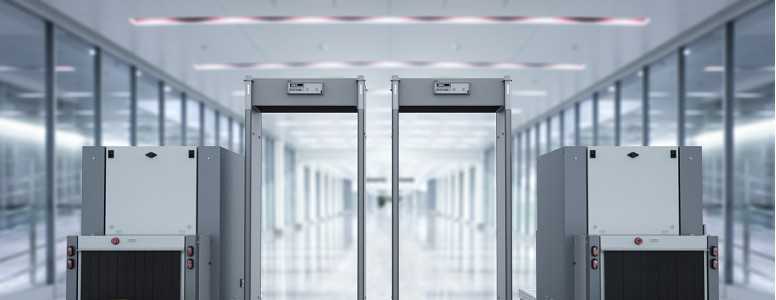Insulin pump users no longer have to remove their device and go through an x-ray scanner at airports thanks to a campaign.
Instead, they will be offered alternative screening methods for security, including a wand and swab check or a hand search, subject to them providing a letter. Electromagnetic radiation from x-ray scanners can interfere with the delivery of insulin in pumps.
The changes have been outlined in the latest edition of the security manual published by International Civil Aviation Organisation (ICAO) and have been made following pressure from the Insulin Pump Travel Campaign.
The campaign group was launched in May 2016 after Rachel Humphrey’s son George, who has type 1 diabetes and was at the time aged 14, was detained by police at an airport in Dubai for two hours because he would not enter the x-ray scanner with his insulin pump.
They were due to board a connection flight from Dubai to Heathrow following a holiday in the Maldives, but a security officer demanded that George’s insulin pump be disconnected and put through the x-ray machine. They were only allowed to continue their journey home when a doctor confirmed that Rachel was telling the truth.
In another case, a girl with type 1 diabetes had a similar “appalling experience”, with security staff refusing to acknowledge a letter from her doctor explaining why it was unwise for her to go through the scanner.
The Civil Aviation Authority also published an online guide called ‘Advice for people with diabetes who wish to travel by air’ on the back of the campaign. It features a section on pumps and also acknowledges the fact that not all pump companies offer the same advice and. Because of this, pump users are always urged to contact the manufacturer of their device before flying.
JDRF’s Senior Manager for Community Engagement and Volunteering, Dan Farrow had a recent meeting with representatives from Birmingham Airport and the Civil Aviation Authority about improving experiences for people with type 1 diabetes.
He said: “When it comes to managing type 1 diabetes when travelling, people with the condition expect the additional challenges of preparing their medical kit, as well as calculating how time differences will affect blood glucose levels.
“But they should not have to be confronted with additional and unnecessary obstacles. We are pleased that some airports and authorities are showing willingness to work with us on this issue – but there is still progress to be made.”





